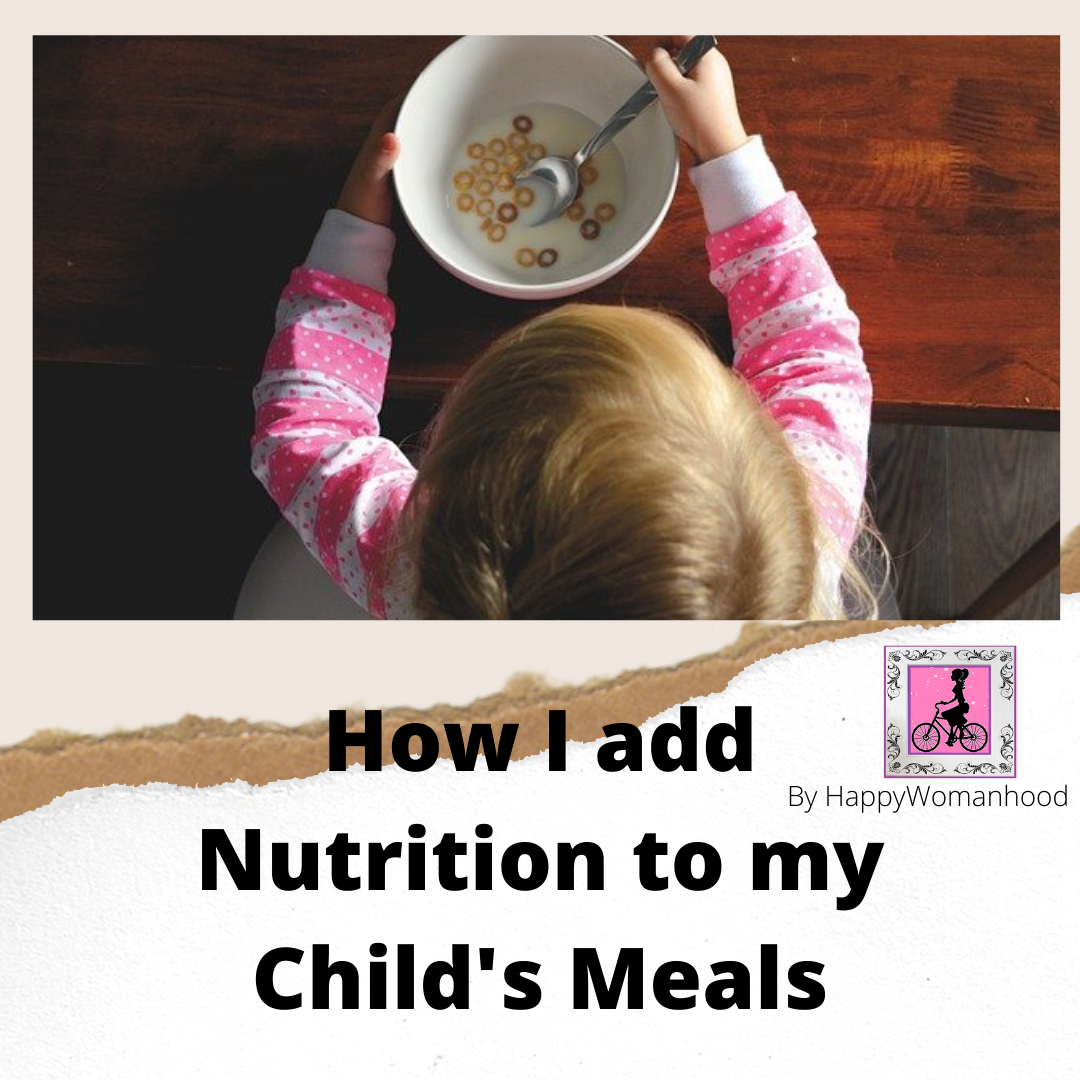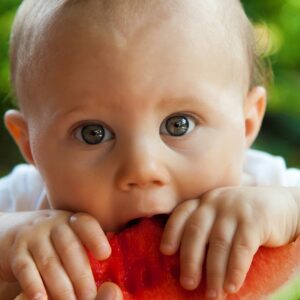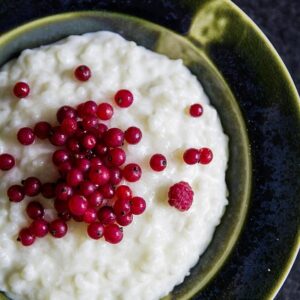Do you also always keep looking for the tips for fussy eaters? We mothers are always stressed about our children’s nutrition, because almost all kids are fussy eaters and they do not eat much. If they don’t eat sufficient, how will they get enough nutrition?
Also, kids have a limited capacity of eating. In that limited amount, we need to give carbohydrates (rice, chapati, etc.) too to make them feel full and energetic. But if majority of the food is carbohydrates, how will they get enough vitamins, iron etc.?
So, basically, we cannot improve the Quantity of their food, and so we should improve the Quality of their food.
How can we achieve that?
By Adding more Nutrition in their usual meals.
This is how I do it
Following are the things that I add in her food daily:
(My daughter is almost 4 years old; this information might help you in adjusting the quantities).
1. Walnuts
Walnuts provide Vitamin E, Folic acid and anti-oxidants, good for brain development.
2. Almond Oil
Almonds are great source of Vitamin E, good for brain development, and provide energy.
Although, my main reason of giving her Almond oil is that almond keeps constipation at bay, which otherwise is a constant problem with my daughter (I guess with majority of the kids).
3. Paneer
Paneer is definitely a good source of Proteins, Calcium and Phosphorus.
4. Flax seeds
Flax seeds provide Omega-3 fats which aid in maintaining brain health. Flax seeds also provide Proteins and Calcium.
5. Sesame seeds
Sesame seeds are very rich in Calcium and few other vitamins and minerals.
6. Amla (Gooseberry)
As everyone knows, amla is the best source of Vitamin C.
7. Beetroot
Beetroot provides Iron, Vitamin C, Manganese and Potassium.
8. Ghee
Ghee keeps the bones healthy. It also provides Vitamin A, D, E, K and omega-3 fatty acids.
9. Turmeric
Turmeric, as you know, is very good for immunity and fighting usual mild infections such as cough and cold.
10. Honey
Honey again is very good for immunity. Mixed with milk, it also helps in relieving constipation.
Here is What, When and How I add:
Breakfast: Walnut and Almond Oil
My daughter’s breakfast is always something milk based. I add Walnut powder and Almond oil (one spoon each) in her breakfast.
I have always used only Hamdard Badam Rogan shirin, and I am completely satisfied with it. I cannot suggest any other brand because I have never used. Almond oil is very warm in nature, and it might produce adverse reactions too. So be very careful if you start giving this to your child. And whatever brand you buy, be sure it is a good and trustworthy one. Otherwise, play safe and go for Hamdard.
I have explained the precautions in this article, please do read before starting.
You can buy almond oil from the following link:
Lunch: Paneer, Flax seeds powder, and Ghee
In her Lunch, I add Crumbled Paneer (home-made, around 40-50 gram), Flax seeds powder (1/4th spoon), and Ghee (Desi cow ghee, home-made, 2 spoon).
You can buy Flax seeds from the following link:
For Ghee, it is best to use ghee made from desi cow milk at home. If it is not possible, you can use the following one:
Milk: Turmeric
In the evening, I add a pinch of turmeric in her milk.
Dinner: Amla and Beetroot
In dinner, I add 1/4th amla and 1 slice of beetroot, both grated.
Amla
The best way to eat amla is to grate and add in meals. Amla should not be cooked, because heat destroys Vitamin C.
One amla contains 4-5 times more Vitamin C than our requirement of one day. That means, 1/4th amla a day is enough to fulfill the daily requirement of Vitamin C. So I grate 1/4th amla and add to my daughter’s meal daily. Since the quantity is so low, she does not even realize.
If this does not work, try giving amla candies or amla murabba. It is always better to wash the candy or murabba before eating to remove the extra sugar.
You can give the following Amla Candy:
Beetroot
Following are the ways how you can give beetroot to your child:
- Grate one slice and add in the food.
- If the child is very young, or does not eat in grated form, then try Grinding.
- Grind/grate, extract out juice and add.
- One slice might be too less for grinding. Grind more and everyone eat.
- Boil and mash/grate, it will become puree like.
- Boil in greater quantity and keep in fridge. Use within 2 days. If it is left, you or other family members should consume it.
- Boil more quantity. Grind. Fill in ice tray and freeze. Take out one cube daily and add. You can use for up to 5-6 days. This is just an option if no other option works for you, but nothing is better than fresh and uncooked.
- Boil, grind, dilute, add lemon and salt. Give the child to drink it, if he can. It does not taste that bad.
- Add beetroot in the usual vegetable while cooking, if all other family members are okay with it. This way, everyone will be getting the benefit.
- Boil and make dough with it.
P.S. Uncooked is better than cooked.
Milk: Honey
In the milk at night, I add 2 small spoon of Honey.
I use Patanjali Honey. You can use any that you trust. Link for Patanjali honey is mentioned below.
Sesame Seeds
I sprinkle sesame seeds on the fruits sometimes. Or else, I sometimes replace flax seeds with sesame seeds.
Here is the link of sesame seeds that I use:
PRECAUTIONS:
Mixing foods is a bit tricky, but obviously unavoidable. When you make Normal vegetable curry daily, you mix many vegetables, onions, tomatoes, the main vegetable, garlic, ginger, etc,; you also mix a lot of spices and condiments. When you eat salad, you eat at least 2-3 vegetables together. You know that Chyawanprash is healthy, and that too is a mixture of several herbs. What I mean is that mixing is not wrong, mixing incompatible ingredients is wrong. So, we should know what to mix, and more importantly, what not to mix.
I am sharing here what I know; if you know more, please add.
- Do not eat calcium and iron together: For example, when you are adding beetroot (iron), do not eat curd or paneer. Calcium and iron make complex with each other and the complex does not get absorbed in the body. So both get wasted.
- Vitamin C helps in the absorption of iron: and thus should be taken together. So amla and beetroot are best companions.
- Amla is cold in nature: so avoid (especially at night) if the child is prone to cold. But it all depends on the child’s tolerance. I give amla to my daughter at night and she is perfectly okay with it.
- Do not mix Honey with ghee: When you are adding honey in the milk, do not add ghee in it.
- Do not add Honey anything something very hot: Milk should be lukewarm when you add honey.
- Amla should not be cooked.
- Sesame seeds should not be given with milk.
I hope you find these tips helpful.
If you found this article useful, please follow the Facebook Page to stay connected and be notified of more such useful articles in future, on parenting, health, nutrition, education, values, and much more.
Please connect on Instagram for daily updates and quick tips.
Also Read:
Home Made Flavorsome Giloy Syrup for Immunity
How to improve your Child’s Immunity
How I keep my child away from junk food
Teaching Toddlers at Home: Right or Wrong?
How To Teach Toddlers/ Young Kids. Part 1 (Alphabets and Numbers)
How to Teach Toddlers: Part II (Colors, Shapes and more)
Disclaimer: I am not a medical practitioner. Everything that I share here is based on my own experiences and the knowledge that I have acquired from various sources. Every child may be different and may have individual allergies. You should consult your pediatrician before giving anything new to your child. Be careful about the quantities. Always start with minimum quantities.






One thought on “How I add Nutrition to my Child’s Meals”
Comments are closed.